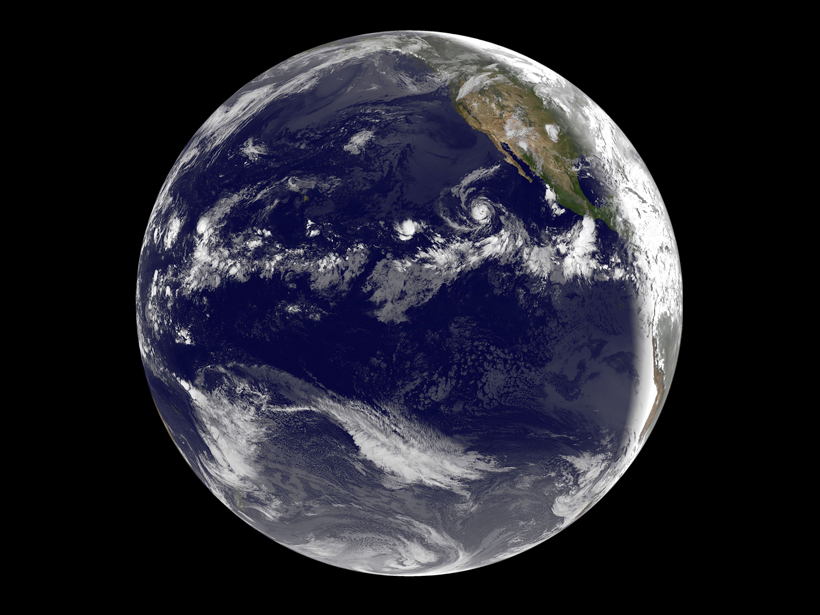Source: Journal of Geophysical Research: Atmospheres
The Madden-Julian Oscillation (MJO) is a large-scale wave pattern in the tropical atmosphere that constitutes a major fluctuation in tropical weather over weekly to monthly time scales. This eastward moving pulse of anomalous variations in rainfall, wind, sea surface temperatures, and clouds near the equator typically recurs every 30–60 days. It creates a pattern that profoundly influences global weather and climate systems, including monsoons, tropical cyclone activity, diurnal (daily) convection, and El Niño–Southern Oscillation events.
Despite its widespread influence, however, Jiang et al. report that the MJO remains poorly represented even in the most recent versions of general circulation models (GCMs). Their study, one portion of a global project on the structure and effects of the MJO, concludes that just 8 of the 27 GCMs they evaluated effectively simulate the MJO’s eastward propagation during 20-year climate simulations; the majority capture only a stationary or even a westward propagation associated with intraseasonal rainfall variability.
These results indicate a lack of understanding of the MJO’s fundamental physics, including the MJO’s vertical structure, according to the researchers. By analyzing the longitude-height profiles of several variables along the equator, the team found significant differences in vertical structure between the group of models that realistically simulated the MJO’s eastward propagation and those that did not.
To determine the key processes responsible for the more realistic simulations, the researchers ran a series of diagnostic tests. The results showed that two metrics—the low-level relative humidity difference between high and low rain events and the seasonal mean gross moist stability—exhibit statistically significant correlations with the models’ MJO performance. These results indicate that including air-sea interactions in GCMs could lead to significant improvement in simulating the MJO, the team concludes.
Because GCMs are crucial tools for projecting future climate changes, the authors note that deficiencies in modeling this fundamental form of atmospheric variability leave researchers greatly disadvantaged in undertaking climate change studies, particularly for projecting future activities of extreme events that are significantly modulated by the MJO. (Journal of Geophysical Research: Atmospheres, doi:10.1002/2014JD022375, 2015)
—Terri Cook, Freelance Writer
Citation: Cook, T. (2015), Circulation models cannot simulate organized tropical convection, Eos, 96, doi:10.1029/2015EO035279. Published on 16 September 2015.
Text © 2015. The authors. CC BY-NC 3.0
Except where otherwise noted, images are subject to copyright. Any reuse without express permission from the copyright owner is prohibited.

